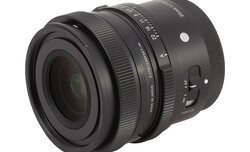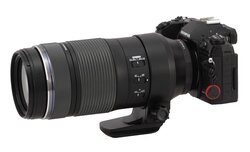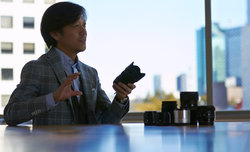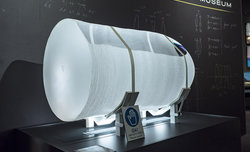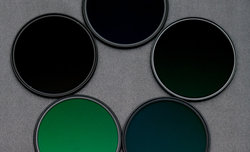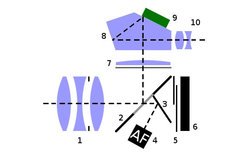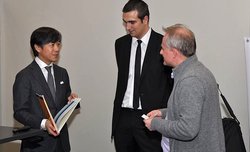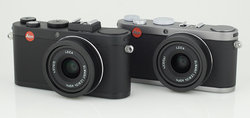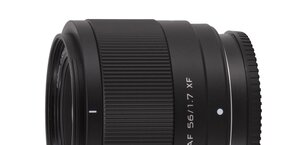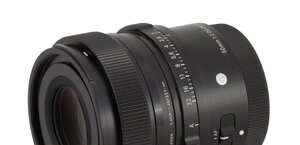The series of Sigma Contemporary full frame lenses designed for mirrorless cameras started in an unusual way. In July 2019 Sigma presented the Sigma C 45 mm f/2.8 DG DN in the Sony FE and L-mount versions.
The series of Sigma Contemporary full frame lenses designed for mirrorless cameras started in an unusual way. In July 2019 Sigma presented the Sigma C 45 mm f/2.8 DG DN in the Sony FE and L-mount versions.
Most of us make different plans for the future. There are some who even compose timetables with different actions, prognosed incomes and outcomes, and trips which they plan for even distant future. Such a trend concerns both ordinary people who just want to organize better their private and business life and also different companies, big and small, up to the most powerful corporations.
In well-established systems that have been present on the market for many years, the line-up of longer telephoto lenses is really impressive. For examle an owner of a Canon reflex camera can choose betweem amateur 55-250 mm and 70-300 mm class models, among them the Canon EF 100-400 mm f/4.
Wihle going to Yokohama\'s CP+ fairs every year I try to get to Japan two days earlier in order to acclimatise and to get rid of jetlag. Booking my plane tickets this year I found out that it would be far cheaper to arrive to Japan not two but three days earlier.
During this year\'s CP+ show held in Yokohama, we had the opportunity to meet with the CEO of Sigma Corporation - Mr. Kazuto Yamaki, to talk to him about the current situation on the photographic market and plans for the future.
I celebrate my birthday on 25 July – exactly like the Nikon Corporation, set up in Tokio in 1917, exactly 100 years ago. In order to mark that occasion I would like to invite you for a trip to the Nikon Museum.
The full frame sensors are beginning to reach resolution of 50 megapixels. Is it creates some additional requirements when designing lenses? Does the older models of Sigma lenses, presented about 5 years ago will meet such extraordinary resolution requirements? Yes, we need to achieve the better performance both in the lens design and manufacturing to support such super high resolution cameras.
During the last seven years we’ve managed to test 30 different polarizing filters. There have been surprises, good and bad ones, disappointments too. One thing is sure: in that time many of companies have gone out of business and many new have been created; big corporations have changed suppliers of half-finished products and accountants.
It seems people have strived to capture photos in the quickest successions possible using the cheapest possible cameras since time immemorial. Perhaps I am exaggerating a bit but there is something in it.
Question: How come You happened to become an optics specialist? Answer: My major at the university was the Space physics. While using telescopes, I started being more and more interested in the optical measurement equipment.
Kazuto Yamaki - CEO of Sigma Corporation was visiting Poland in the beginning of November. We had opportunity to meet him and ask several questions. Arkadiusz Olech: Welcome and thank you for finding the time for our interview.
Underwater tests in Sharm el-Sheikh Holidays are approaching fast; small wonder we have been to Egypt for the fifth time to test the newest models of waterproof compact cameras. There are more and more such products every year – that fact forced us previously to divide our test into two parts because during one trip we weren’t able to test all of them.
We were given an opportunity to get acquainted with the newest Leica X2 camera model several days before its official launch. We tested its functions and found out what changes had been made compared to its predecessor.
The third part of our cycle „Polish people have also something to boast of...” in which we have been describing a history of Polish Optical Industries, is not a direct continuation of the PZO history.




